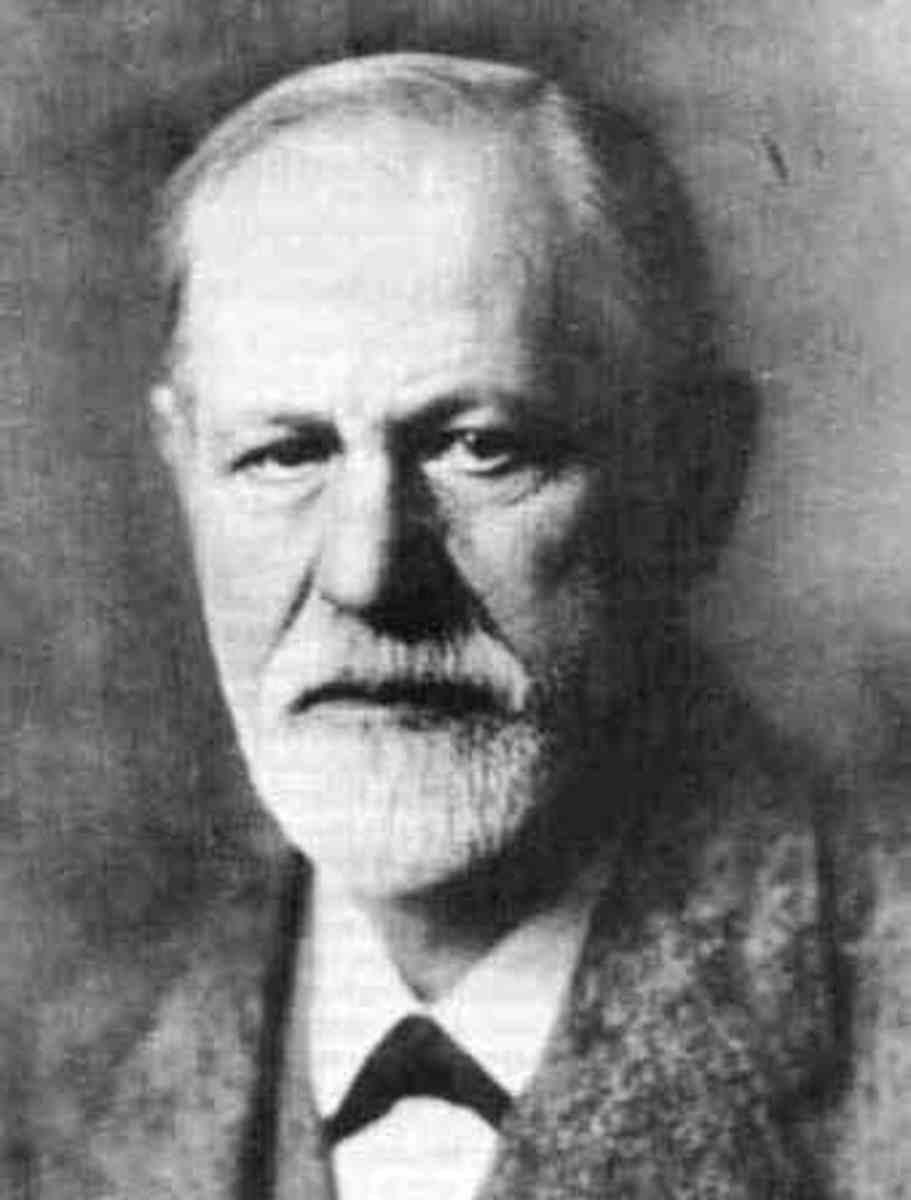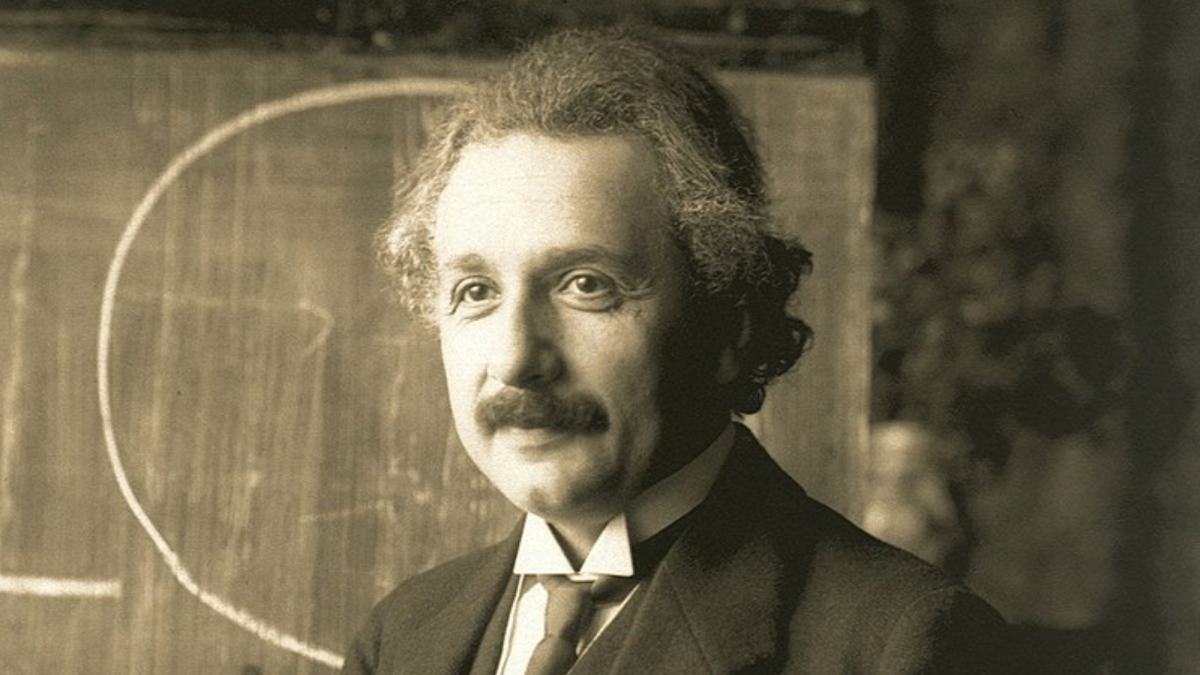Recognizing Behavioral Patterns Part 3

Introduction
In this final article discussing of how to recognize and analyze behavioral patterns, I cover the Rational-Emotive Theory and the Theory of Personality. This article reflects concepts I have studied as a graduate student at the University of Memphis and through personal observation. A prodigious amount of thought has been given to ascertain what has worked for friends in the past, as well as, what others have acquired; and what continues to motivate at present.
As previously remarked my reference to theories used in this article is Theories and Strategies in Counseling and Psychotherapy (Third Edition), by Burl E. Gilliland, Richard K. James, both University of Memphis professors, and James T. Bowman, Mississippi State University professor.

Rational-Emotive Theory (RET)
The RET is the effort of Dr. Albert Ellis. The main goal of RET is to teach clients how to detect the irrational beliefs that underlie their emotional disturbances and how to dispute these beliefs, replacing them with beliefs constituting a "more rational philosophy of life".
RET is a psychotherapy designed to enable the individual to observe, to understand and to persistently attack irrational beliefs (at point D) and initially experience new, more appropriate cognitive and emotional effective (point E).
In my endeavor to equate various theories into recognizable concepts; I truly believe that there is a lot of validity in the Rational - Emotive Theory. This theory contends that people are born with the disposition to think distorted and irrationally but also have the ability to reason and thus are able to exceed some of their own limitations. Unless people are able to overcome or conquer their more "darker natures" they will definitely be subjected to succumb to deviant behavior.
This concept lends itself to the doctrine that suggests that man is born with an evil disposition but also with the ability to discern the difference between “good and evil”. I believe that through the right exposure and examples we learn to differentiate between what is rational and what is irrational. I believe that we are taught the differences and if they are inborn, they are not identifiable until later in life as we mature.
According to the Rational - Emotive Theory, even the most rational of persons are subjective to emotional overload that takes the form of hot cognition about events. I do agree that we are all subjective to emotional “burnout” when a series of unfortunate events create traumatic experiences that seem beyond our control.
Emotional disturbances, according to the Rational - Emotive Theory, may be explained by the ABC Theory. This theory states that when an unpleasant event (activating event) occurs at point A, an individual may react in two ways. One is to conclude, at point B, that this event is unfortunate and disadvantageous (a rational belief) and therefore have at point C (the consequence) an appropriate feeling. However, individuals often react to unpleasant situations in a different manner: they may conclude at point B that circumstances are terrible or even catastrophic and therefore should not exist (an irrational belief) and as a result, at point C they inappropriately feel depression, anxiety, rage or lethargy.
I also find it difficult, as many theorists do, to fathom most clients operating in a linear ABC Model. It would be possible to go from point A to point C, completely eliminating point B, or concluding at B. For instance Susan’s reaction to the death of her husband in an automobile accident may result in total denial with the unrealistic belief that it never happened while his mother goes into a state of grief in which it takes months of therapy to overcome. Both go directly from point A to point C.
As with many theories, there are various shortcomings to this particular concept. One is that RET de-emphasizes the therapeutic relationship as well as the therapeutic conditions of empathy and therapist-client rapport. I feel it is important that the therapist has some level of compassion with the client without playing a more dominant role. RET however believes that the therapist should talk, persuade and be highly active during the initial as well as later therapeutic sessions. Again Susan’s therapist attacks her denial behavior by constantly telling her to face reality and stop looking for her husband to return home. There should be a more compassionate method of convincing Susan to accept her husband's death. By allowing Susan to talk about her husband and reminding her that its ok to truly express her loss; perhaps she will finally accept the loss. If not, then other more stronger methods may have to be used as a last resort.
RET has almost total emphasis on changing emotions by changing ones thinking to a more rational perspective. I feel that attempting to dissuade the client from his perceptions by means to manipulating his thinking hinges on the border of mind control. RET could produce more psychological harm than in less directive client-centered approaches.

The Adlerian Theory of Personality
Alfred Adler’s psychology theorized that aspects of birth, personal life behaviors, social interests and feelings of personal self-worth were the main influences on an individual’s personality. The Adlerian Theory of Personality is social in conceptualize with emphasis on humans being seen as motivated predominantly by their social interest. I can concur that humans are social beings with a very strong desire for affiliation.
The Adlerian Theory has three major life tasks -- friendship, occupation, and love. The enjoyment of friendship is possibly the best gauge of a person’s social interest. This is due to the fact that one’s relationship with significant friends can reflect an individual’s attitude toward people in general.
A person is free to choose whether friendships will be created, and if so, to what degree, and whether he or she will acclimatize to others and cooperate with them or choose solitude and detachment from society. Although it is not mandatory that you have close ties with others—it can be extremely beneficial to your well-being when such alliances are formed. The ability to share experiences with friends can help when being faced with difficult or challenging situations. Had Susan formulated friendships with others instead of being mainly a recluse with her attention centering mainly on her husband—she would have had the support of a network of caring people as did her mother-in-law.
How a person perceives their standing in the workplace can significantly impact their personality. Those in the medical profession tend to sometimes display an over exaggerated ego while those who are employed on an assembly line testing widgets may adopt a more mundane personality. The doctor sees himself as performing a noble service and the laborer is just “making a living.”
The power of love can never be understated. A child that feels the love of parents from the impressionable years on will definitely display a personality of expected acceptance whereas a neglected child will always feel the need to “prove” his or her self-worth.
As I have addressed this concept in previous papers, my belief is that in the final analysis the choices we make in life are left up to us. We are free to choose or not choose our affiliations as well as our goals and expectations. We are also responsible for the outcome of those choices. This fact holds true especially when teaching adult students. They have actively made a choice to learn and it is up to the instructor to understand how best to assist them through the knowledge of recognizing the various behavioral patterns.
© 2014 Jacqueline Williamson BBA MPA MS








